HA TINH Instead of dumping livestock and poultry waste directly into the environment, in recent years, livestock farmers in Cam Xuyen district have strongly developed circular waste treatment techniques.
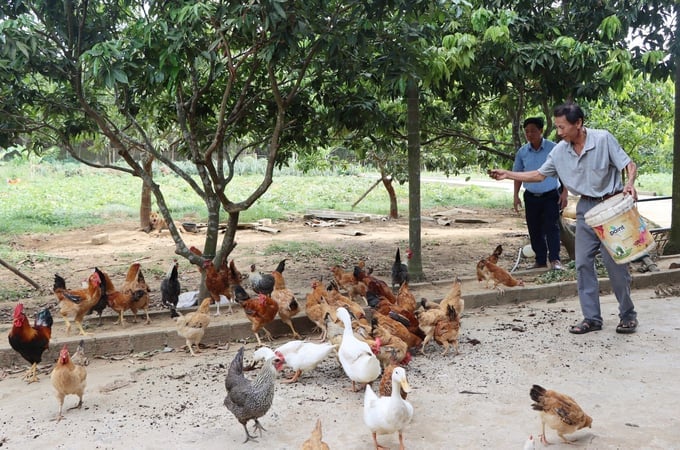
The circular farming model of Mr. Vo Van Thang's family (Hoa Tham village, Cam Lac commune) both increases economic efficiency and protects the environment. Photo: TN.
Cam Xuyen district is one of the localities with the largest proportion of household livestock farming in Ha Tinh province. The strong development of livestock farming has contributed to creating jobs and increasing income for people but also created pressure on the environment.
Previously, people collected livestock waste directly into cement or soil cesspools, without tarpaulin or cover, which gradually seeped deep into the groundwater, causing water pollution and a strong stench. Currently, most people have built biogas pits to collect waste, put in microorganisms to treat the stench, and limit the impact on the environment.
In Cam Lac commune (Cam Xuyen district), in early 2023, after being trained by local authorities, Mr. Vo Van Thang's family in Hoa Tham village took advantage of a large hill garden to build a barn system to raise 5 sows, 30 cows, 300 chickens and ducks.
To have a source of organic food for livestock, Mr. Thang planted nearly 1 hectare of peanuts and built a barn to raise earthworms. This is the first organic pig farming model in association with Que Lam Group to be implemented in Cam Lac commune.
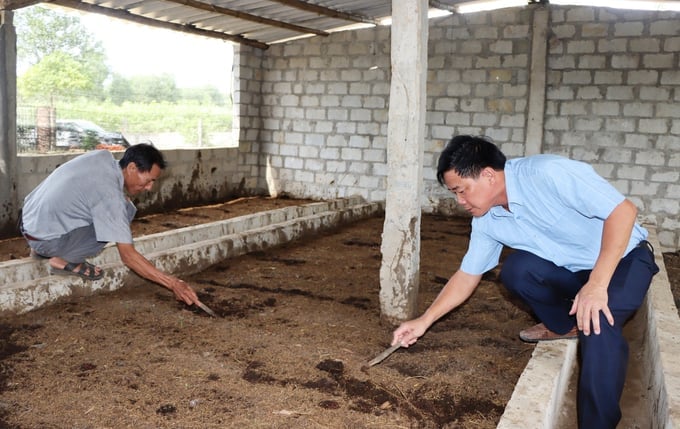
Mr. Thang builds a worm farm. Photo: TN.
According to Mr. Thang, pig and cow manure are used as food for earthworms. Earthworms are used as food for chickens. Peanut stalks are dried after harvest to be used as food for cows and pigs. With this method, his family does not have to worry about the cost of buying food because everything is in a closed loop.
"In the first year of implementation, my family's integrated farm model earned more than 200 million VND. Organic agricultural production and circular agriculture not only help my family save on production costs, create quality and safe products, but also solve environmental problems," said Mr. Vo Van Thang excitedly.
Also a pioneer in organic agricultural production, Mr. Vo Huu Tung's family, residing in Hoa Tham village, boldly invested in building a model of rice production combined with fish farming. On a 1.5-hectare field, Mr. Tung both produces rice organically and digs a pond to raise grass carp and common carp around it.
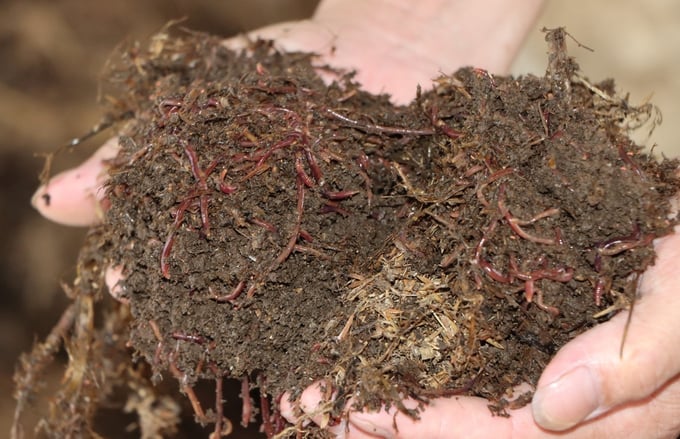
Pig and cow manure are used as food for earthworms, and earthworms are used as food for chickens. Photo: TN.
Mr. Tung said that the combined fish-rice production model not only helps his family increase production value per unit area, but the rice produced in an organic direction is completely free of pesticides, so it is safe and ensures quality for consumers. The fields are also improved so that the following crops will be more productive.
“The selling price of organically produced rice in the last summer-autumn crop was about 10,000 VND/kg, so after deducting expenses, my family earned a profit of more than 30 million VND, 3 times higher than traditional production as before,” Mr. Tung calculated.
In addition to the above models, Cam Lac commune has also developed very effectively models such as: Organic rice production using tray seeding techniques and transplanting machines with an area of 3 hectares in Phu Doai village; applying greenhouse gas emission reduction farming processes with an area of 10 hectares in Quang Trung 2 village; using biological products to treat straw with an area of 20 hectares in Quang Trung 1 village and Hoa Tham village.
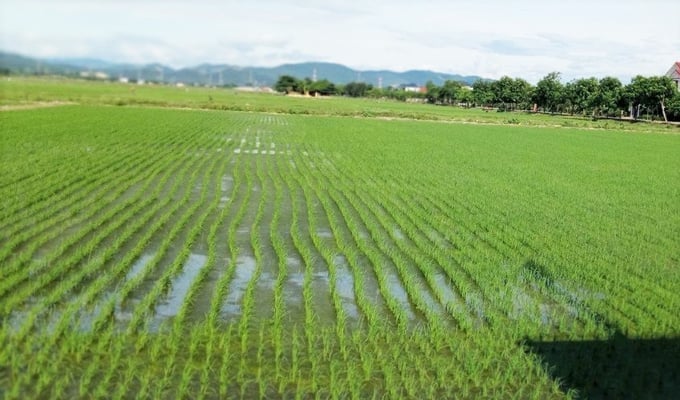
In Cam Xuyen, many organic rice production models have been strongly developed. Photo: TN.
Mr. Nguyen Van Dung, Chairman of Cam Lac Commune People's Committee, informed that to successfully implement the above models, the locality has actively supported the people in terms of technology and part of the production costs. The models are based on improved farming techniques, contributing to protecting the land, reducing greenhouse gas emissions, adapting to climate change, protecting public health, improving product quality and increasing economic efficiency.
“In 2024 and the following years, Cam Lac will continue to mobilize people to develop agricultural production in an environmentally friendly direction,” Mr. Dung emphasized.
Through policies to support agricultural development and new rural construction, the call for businesses to link up with organic agricultural production and reduce emissions to the environment in Cam Xuyen has developed quite strongly in recent times. Importantly, this policy has been approved and registered by the people, which shows a great change in people's awareness in moving towards green agricultural production.
Source: https://nongsanviet.nongnghiep.vn/san-xuat-nong-nghiep-than-thien-moi-truong-len-ngoi-d391161.html


![[Photo] President Luong Cuong receives Lao Prime Minister Sonexay Siphandone](https://vstatic.vietnam.vn/vietnam/resource/IMAGE/2025/4/17/337e313bae4b4961890fdf834d3fcdd5)
![[Photo] President Luong Cuong receives UN Deputy Secretary General Amina J.Mohammed](https://vstatic.vietnam.vn/vietnam/resource/IMAGE/2025/4/17/72781800ee294eeb8df59db53e80159f)
![[Photo] Warm meeting between the two First Ladies of the Prime Ministers of Vietnam and Ethiopia with visually impaired students of Nguyen Dinh Chieu School](https://vstatic.vietnam.vn/vietnam/resource/IMAGE/2025/4/17/b1a43ba73eb94fea89034e458154f7ae)
![[Photo] President Luong Cuong receives Kenyan Defense Minister Soipan Tuya](https://vstatic.vietnam.vn/vietnam/resource/IMAGE/2025/4/17/0e7a5185e8144d73af91e67e03567f41)
![[Photo] Prime Minister Pham Minh Chinh and Ethiopian Prime Minister visit Tran Quoc Pagoda](https://vstatic.vietnam.vn/vietnam/resource/IMAGE/2025/4/17/18ba6e1e73f94a618f5b5e9c1bd364a8)
![[Photo] Hundred-year-old pine trees – an attractive destination for tourists in Gia Lai](https://vstatic.vietnam.vn/vietnam/resource/IMAGE/2025/4/17/25a0b7b629294f3f89350e263863d6a3)
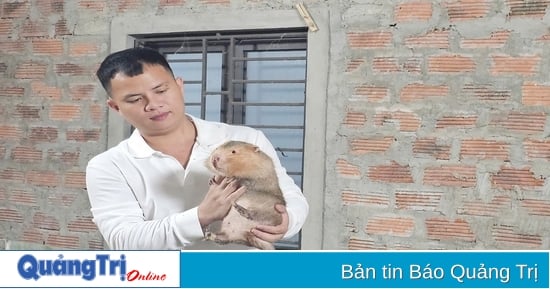

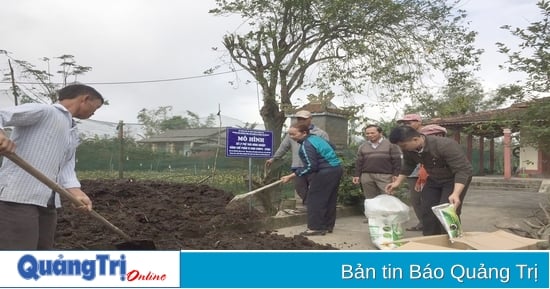





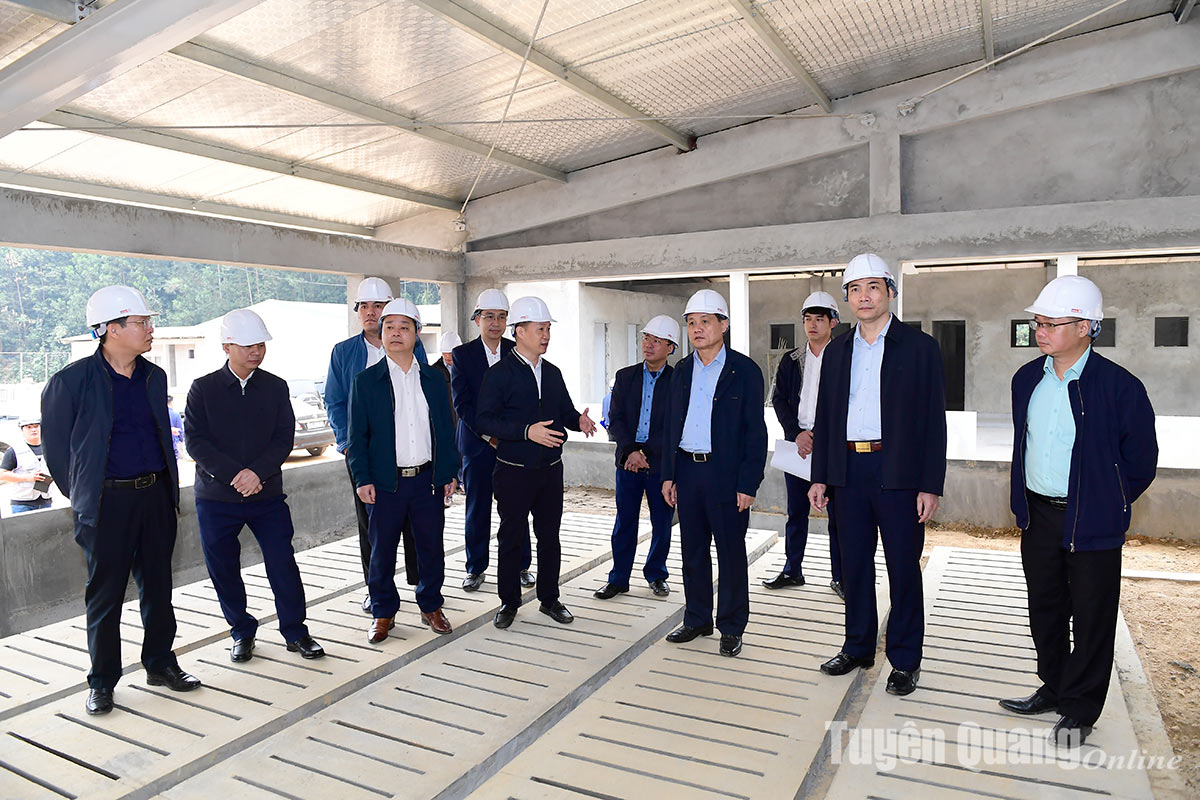

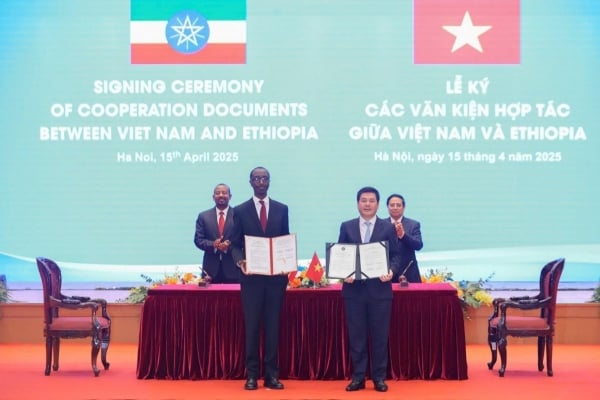
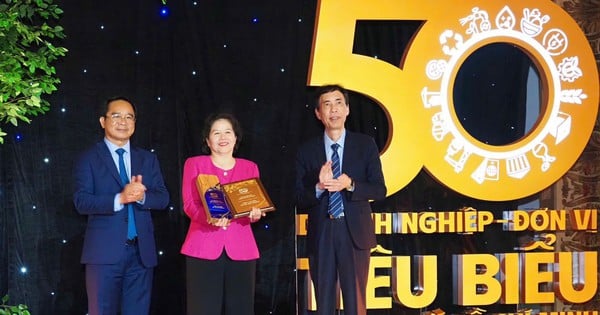
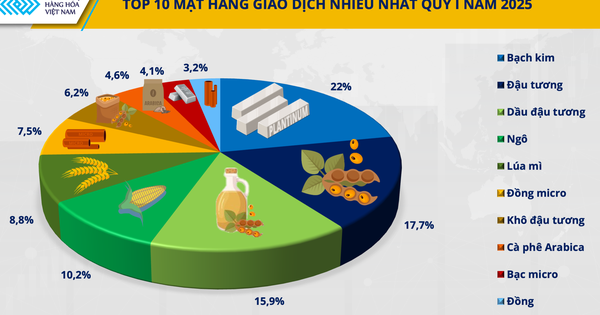
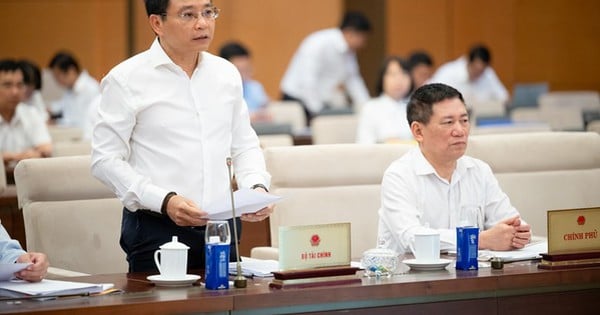
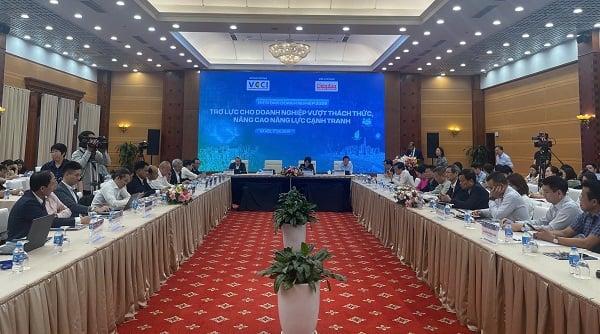
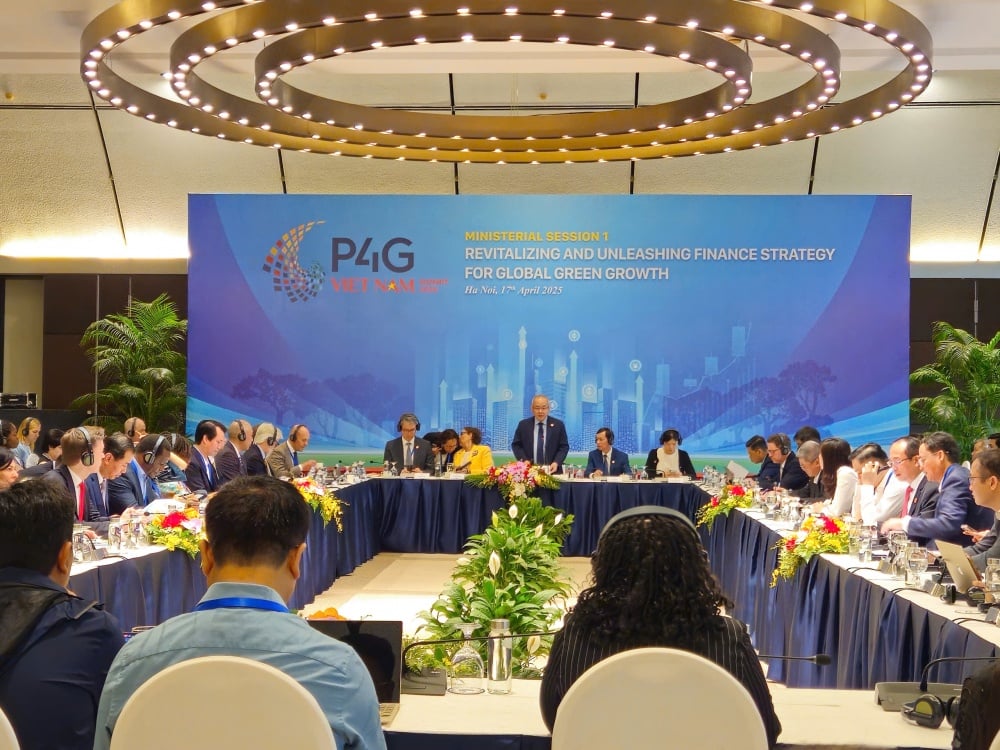


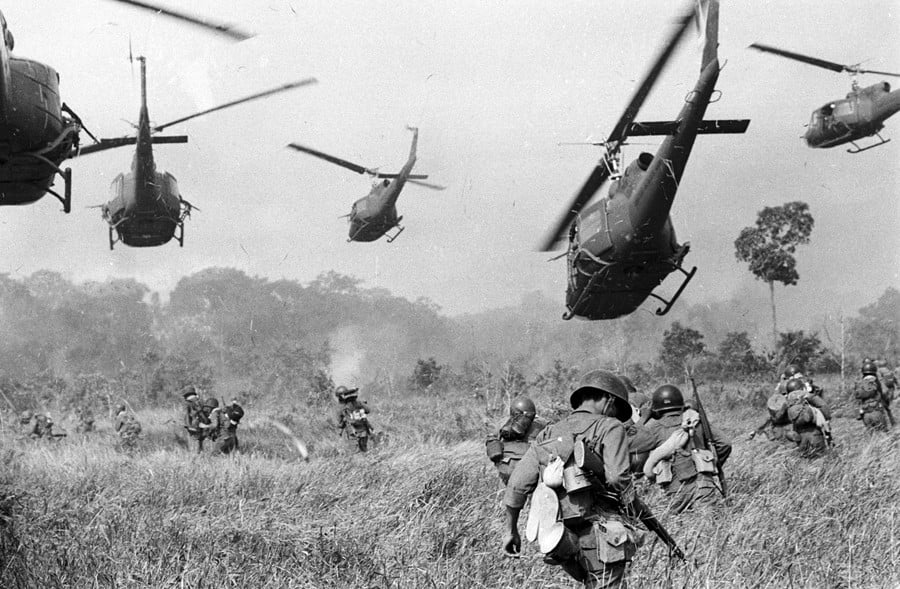

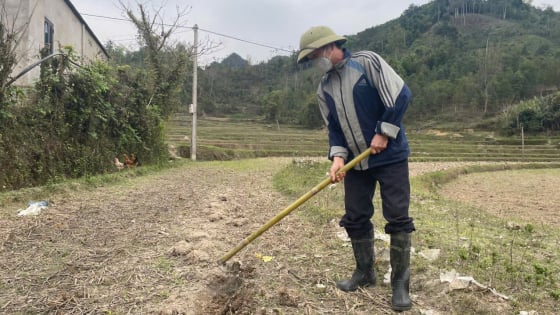
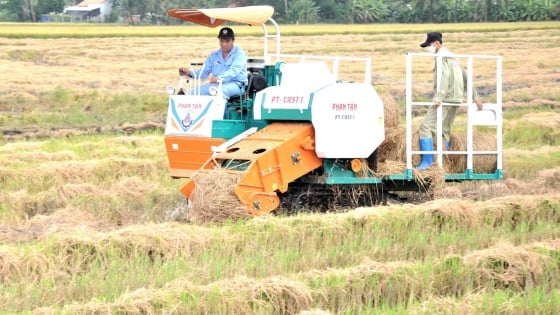
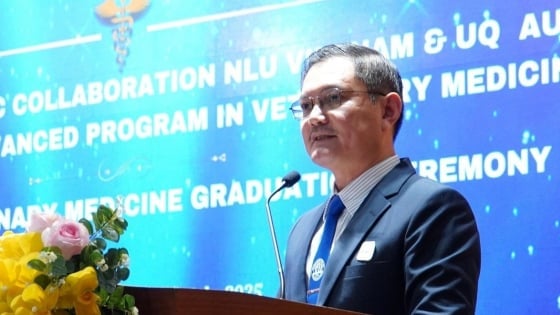
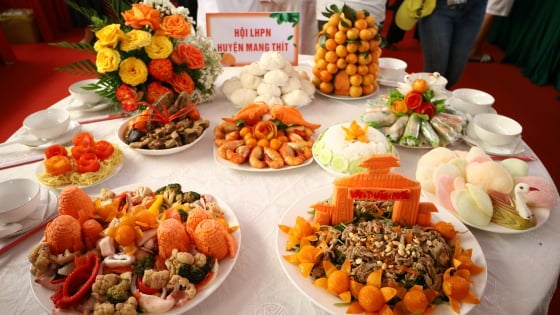

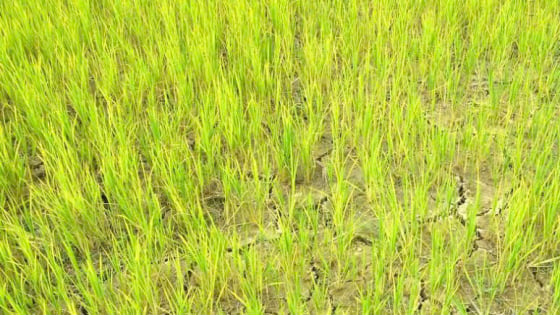
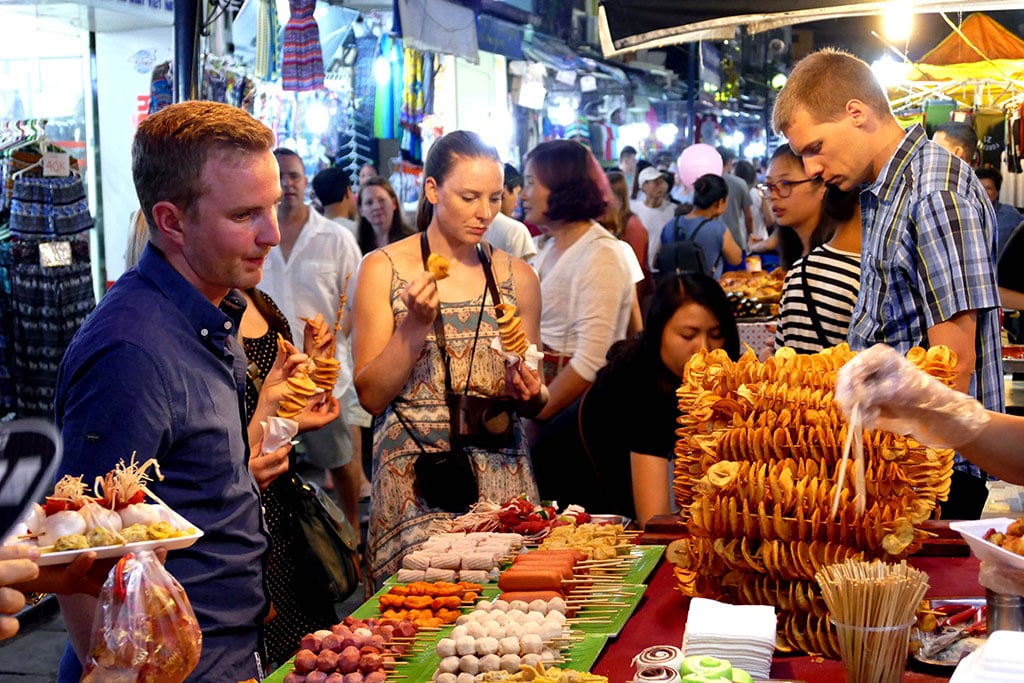

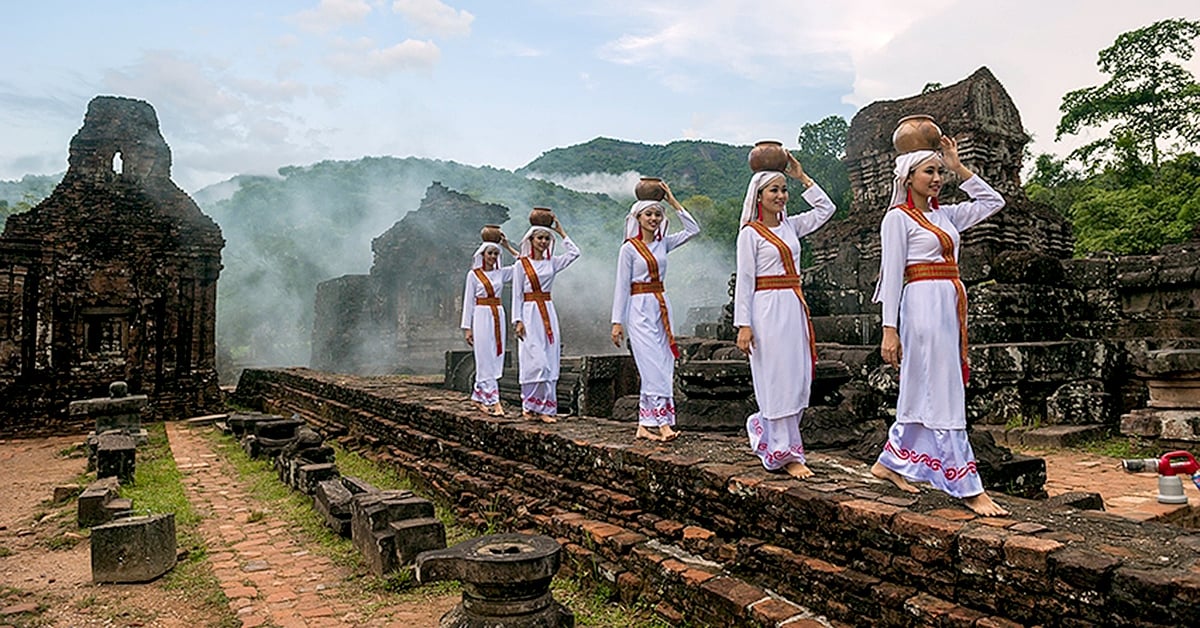
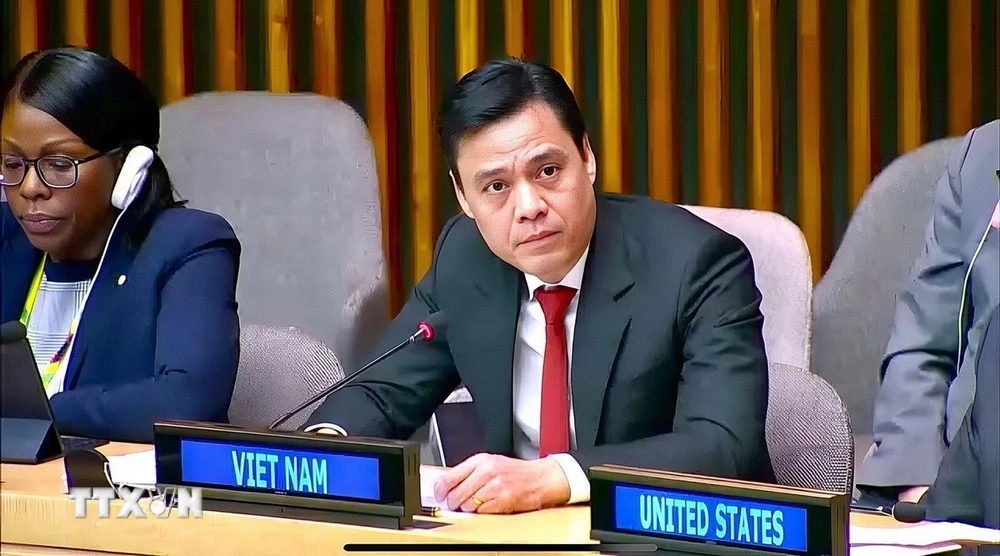

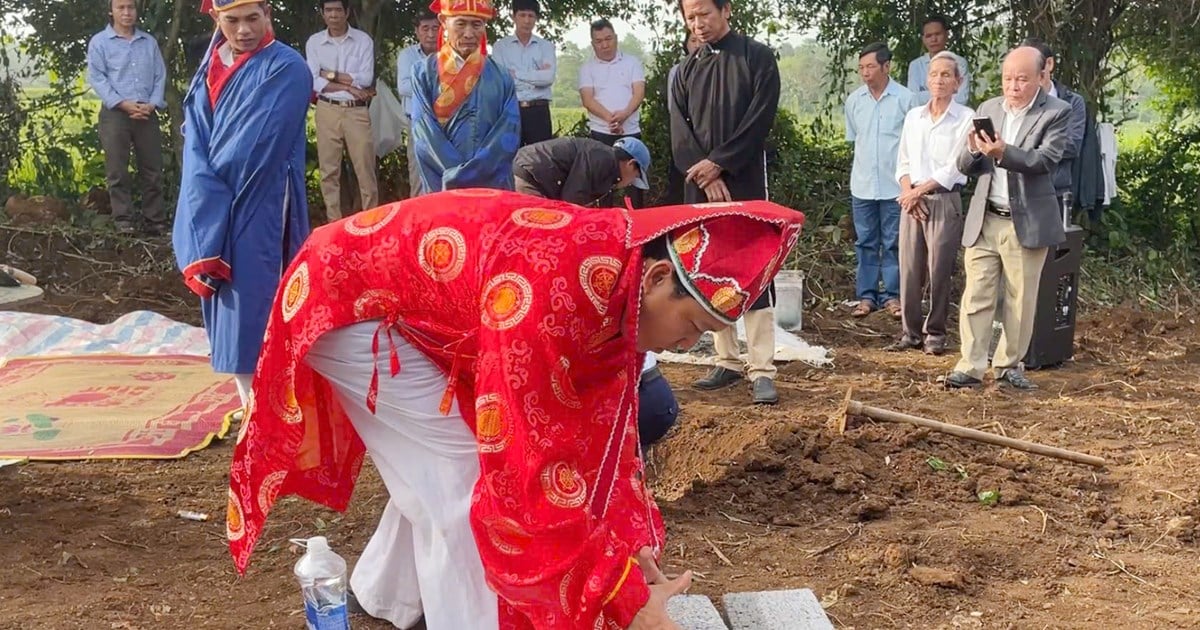

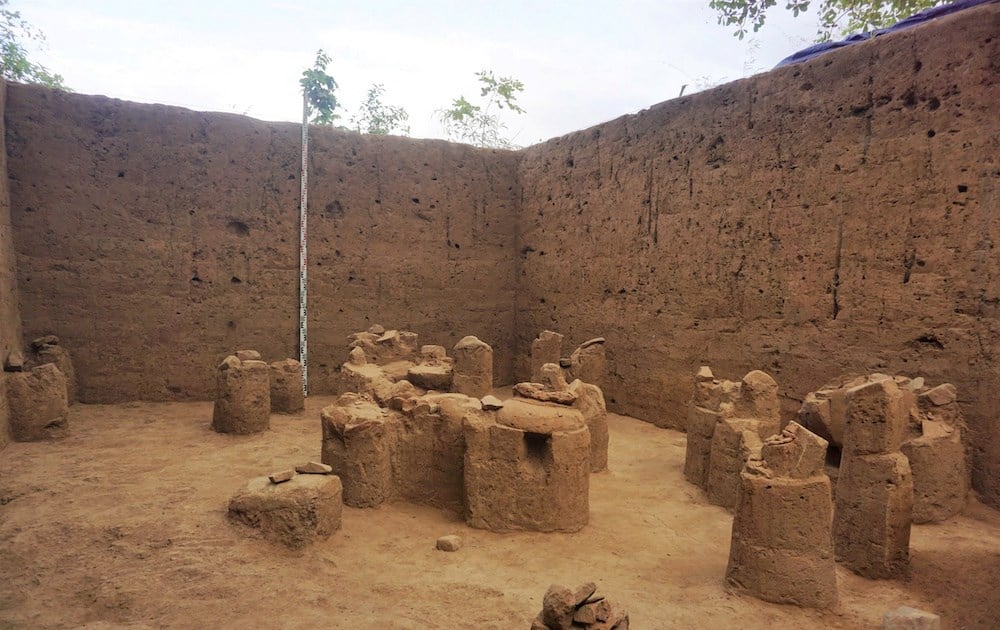
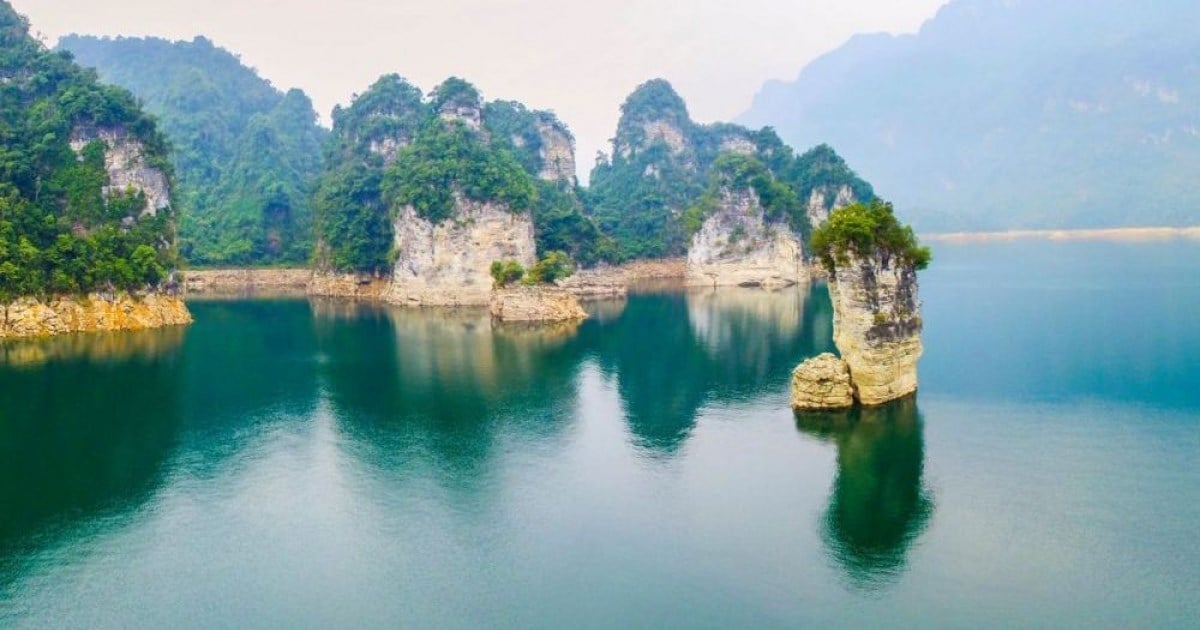




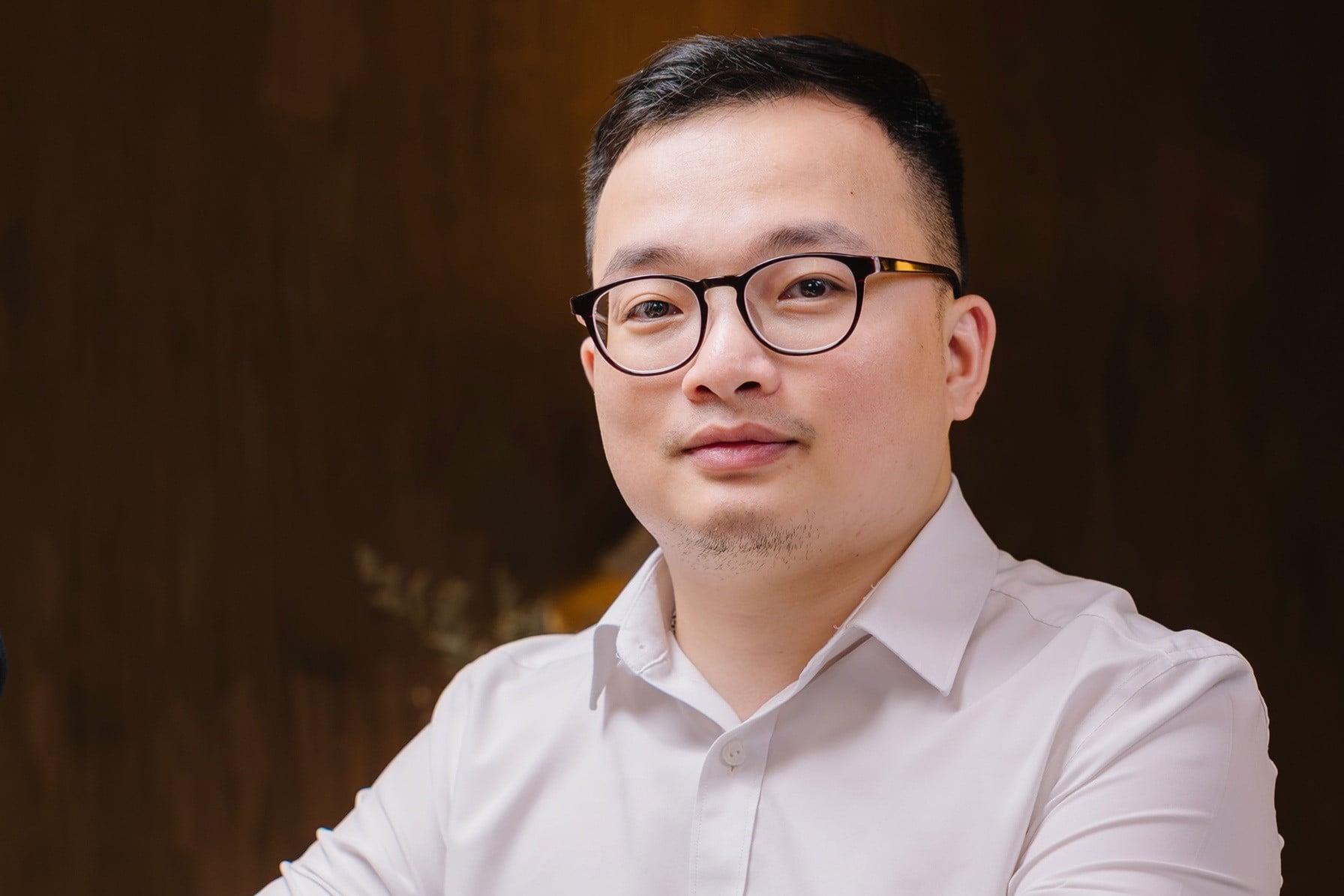



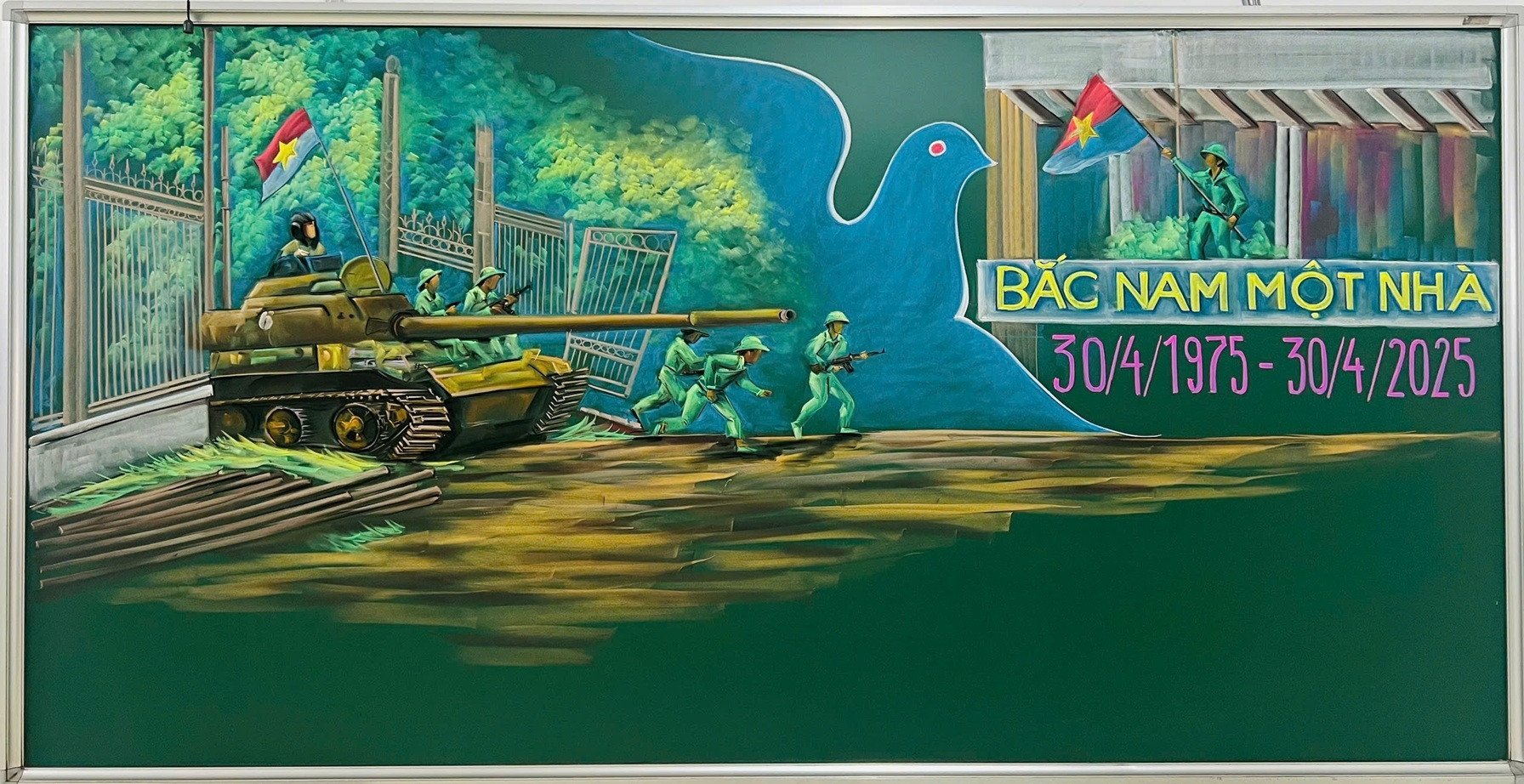


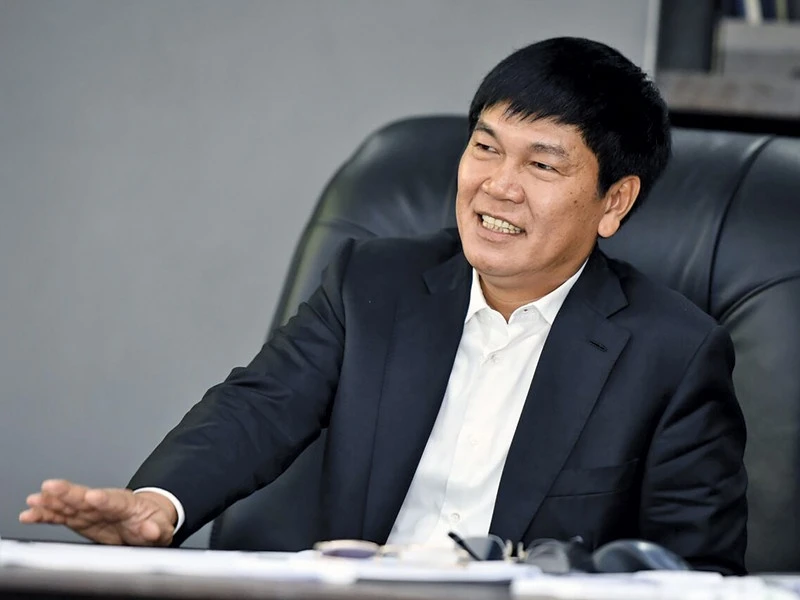

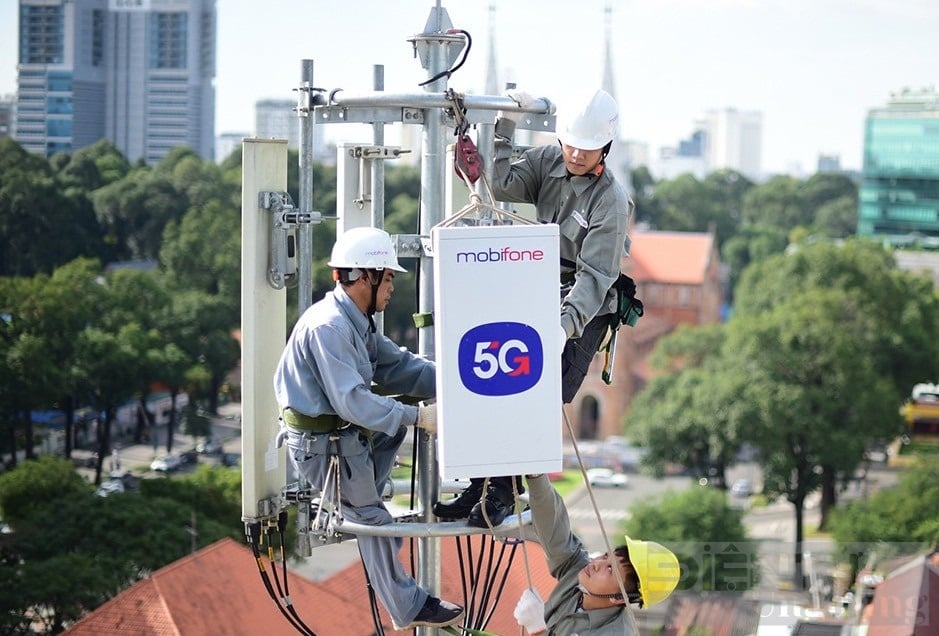

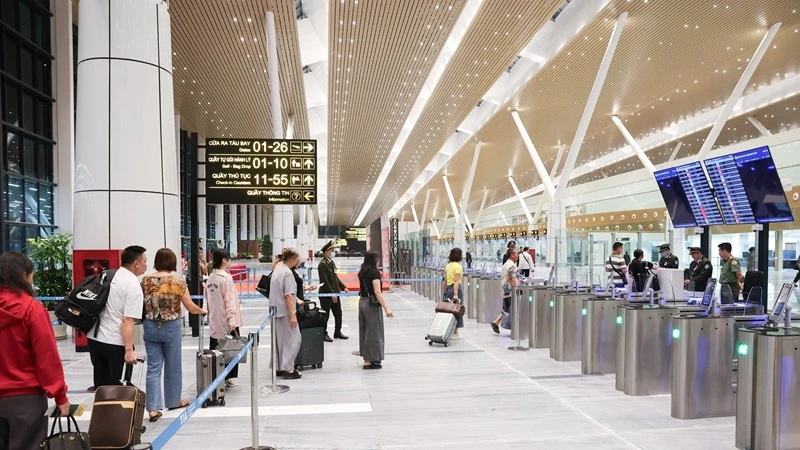

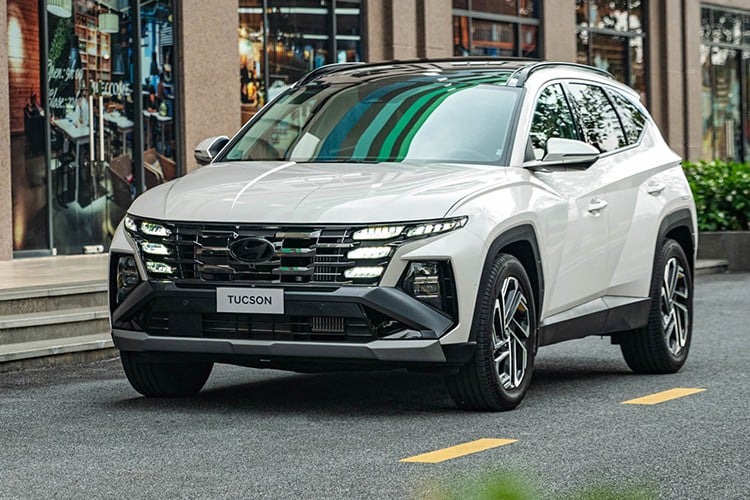

![[Video] Viettel officially puts into operation the largest submarine optical cable line in Vietnam](https://vstatic.vietnam.vn/vietnam/resource/IMAGE/2025/4/17/f19008c6010c4a538cc422cb791ca0a1)
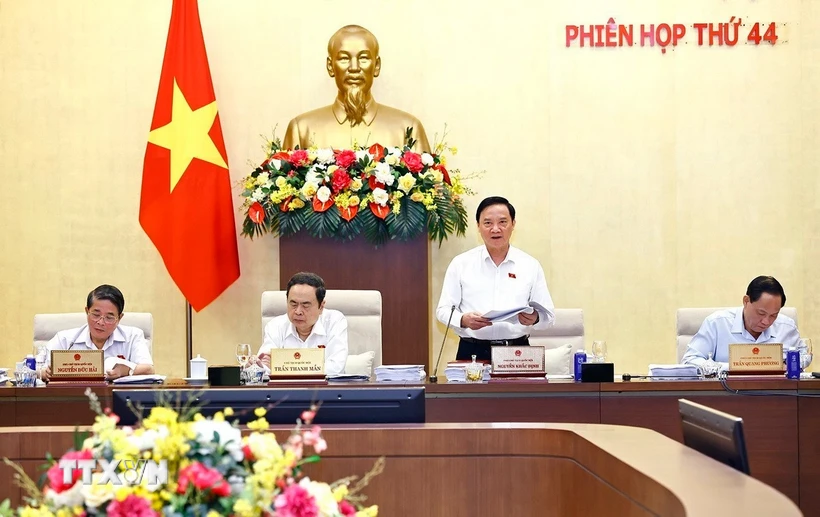
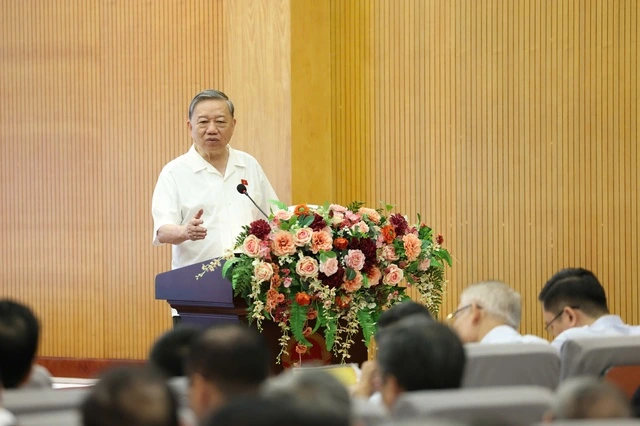

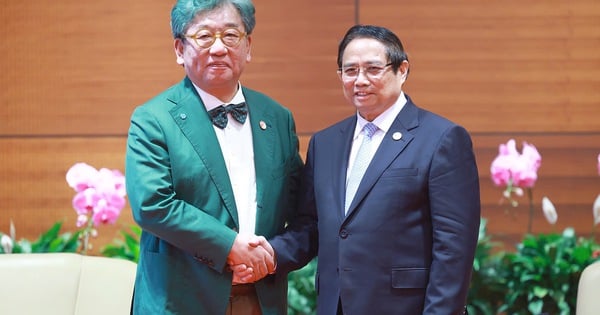

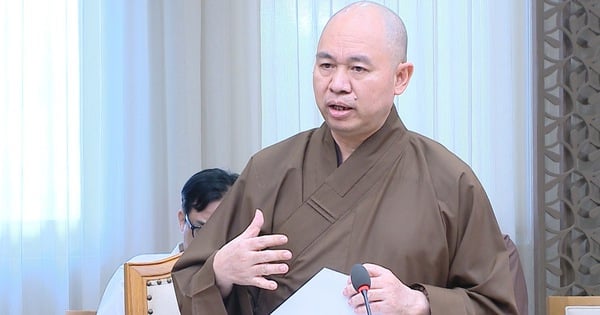

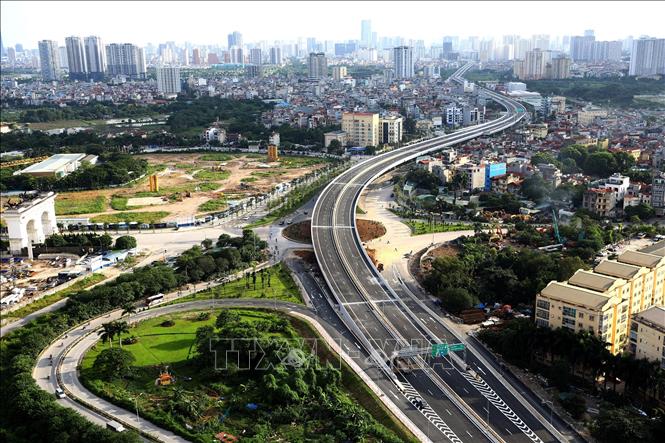

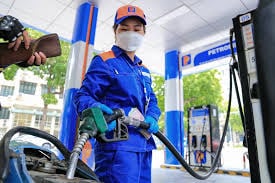



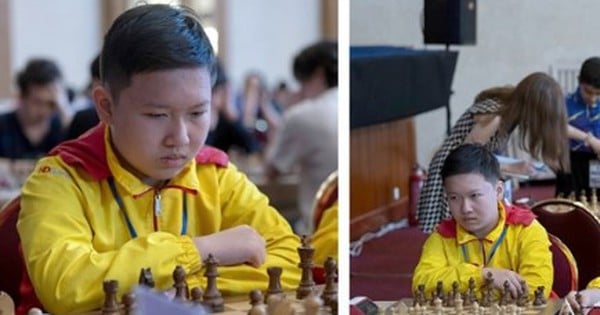
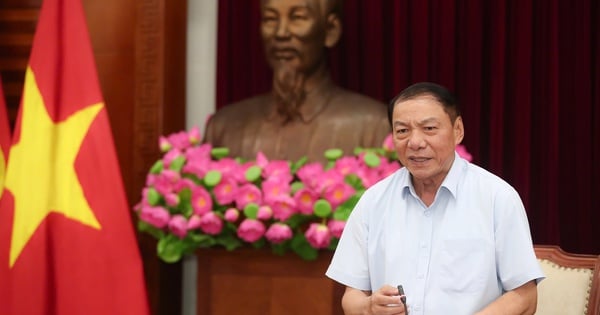
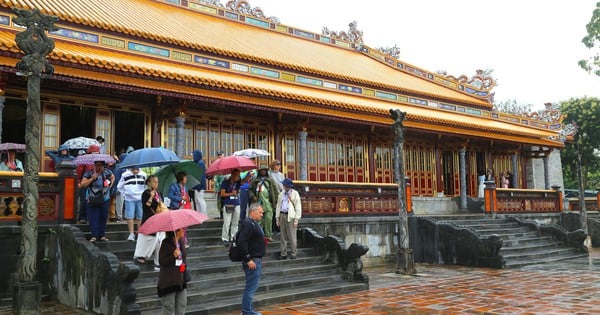
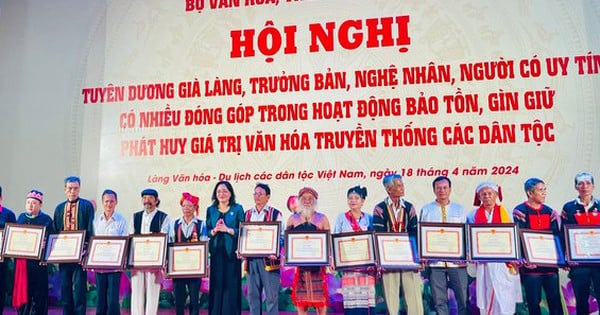
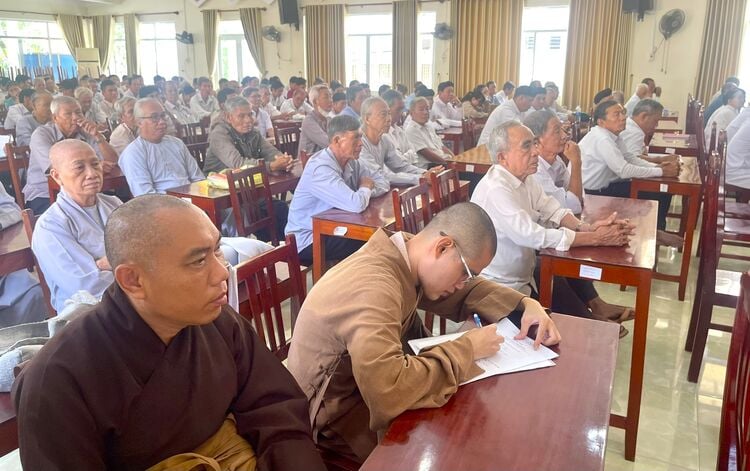


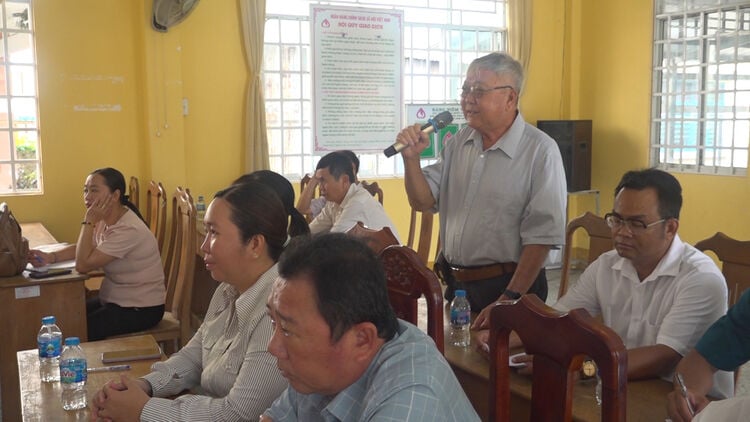
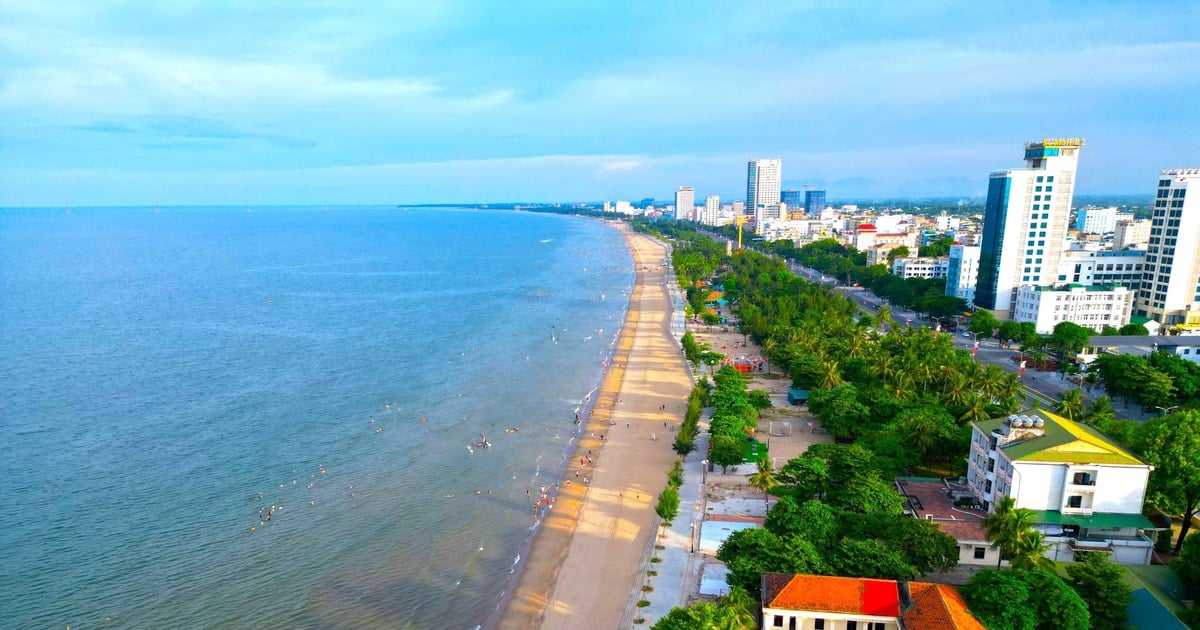



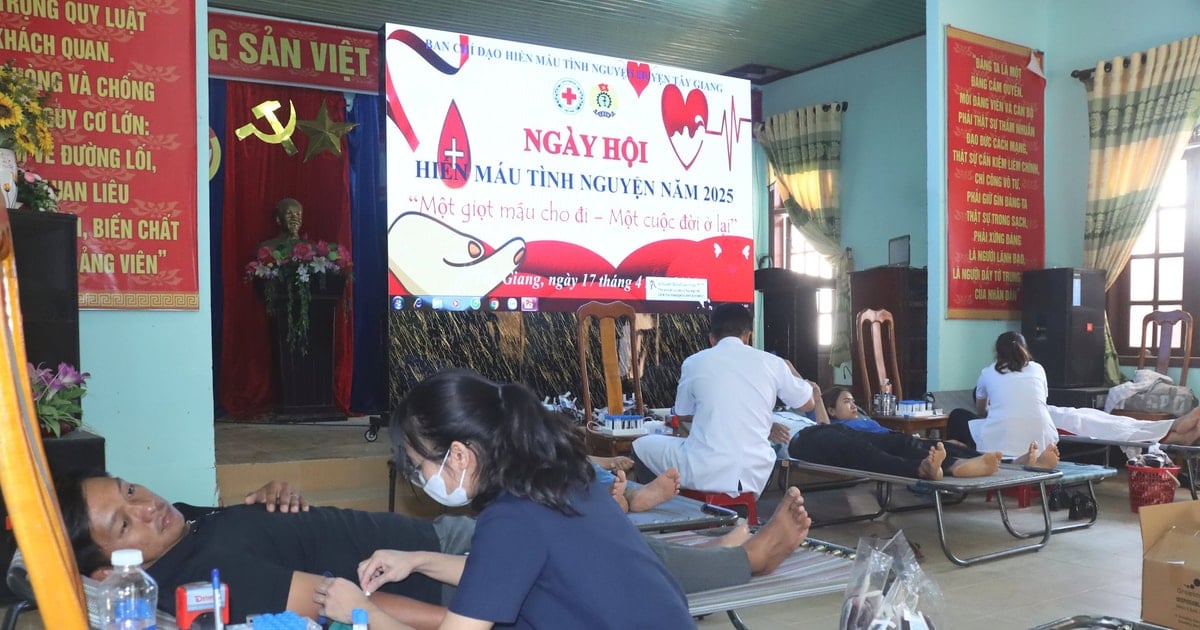

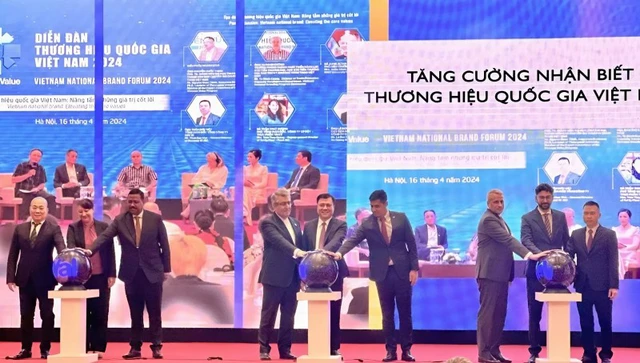

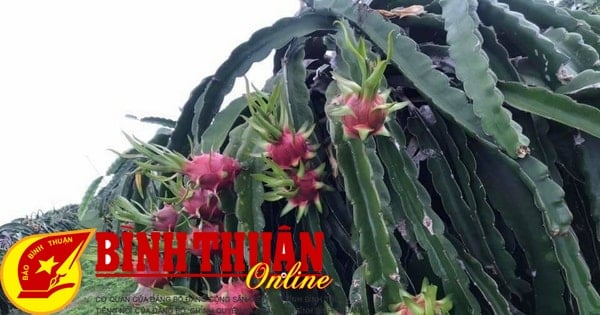

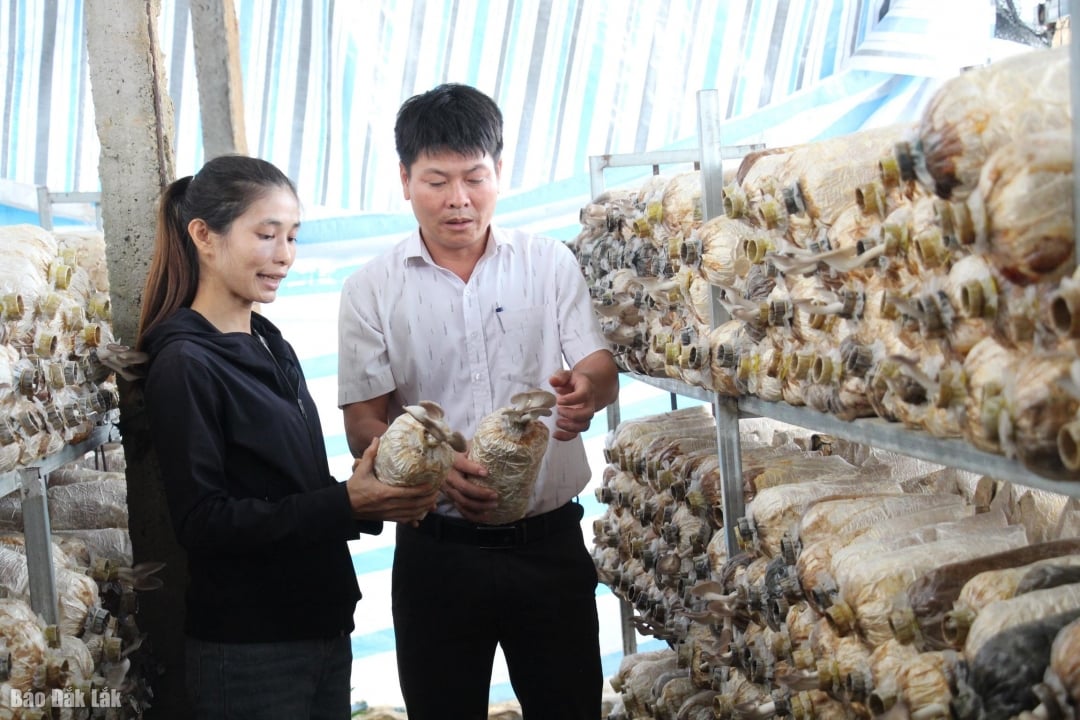

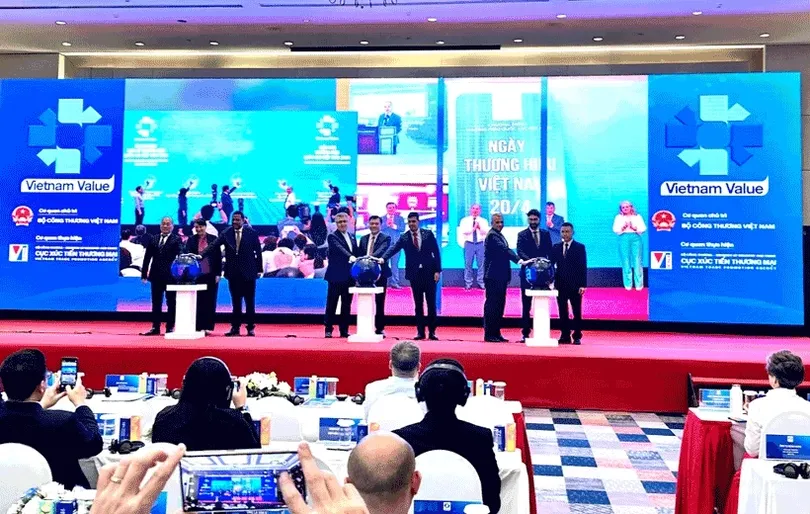

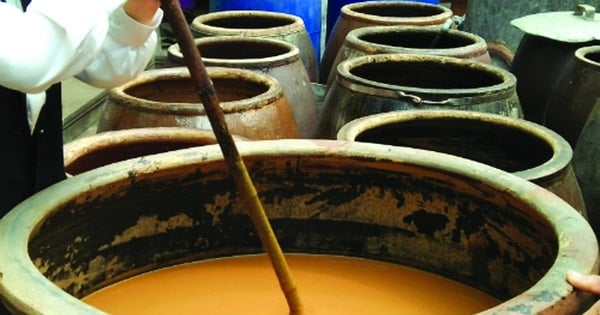

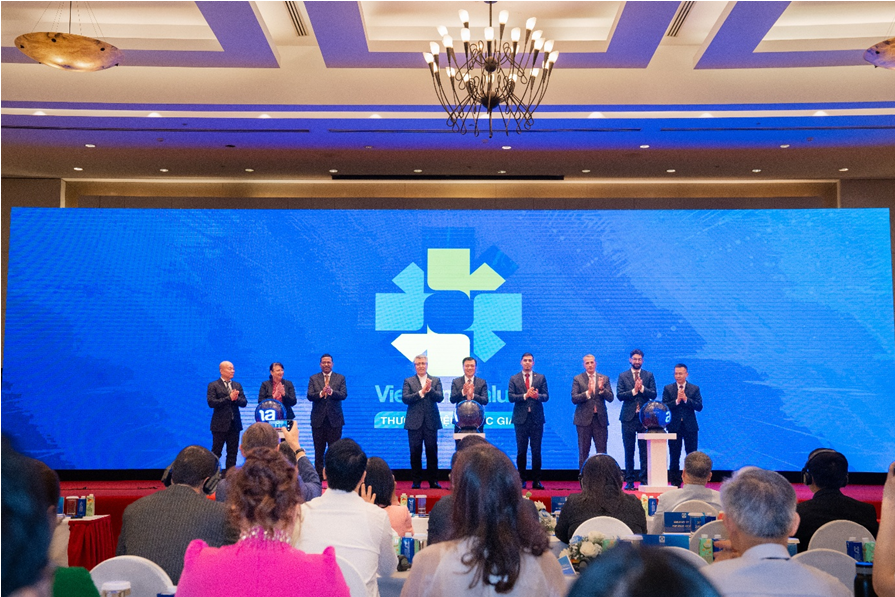
Comment (0)